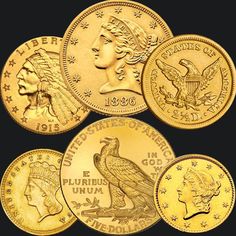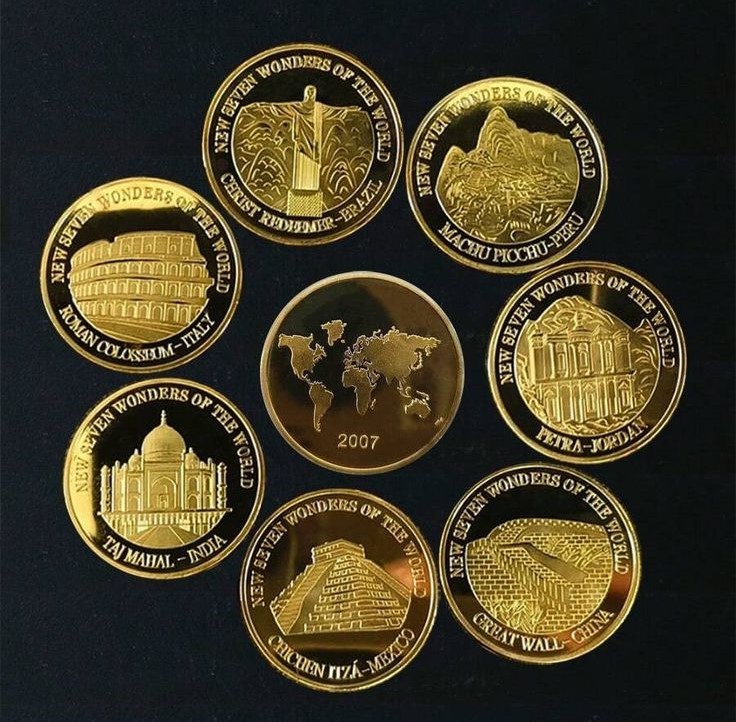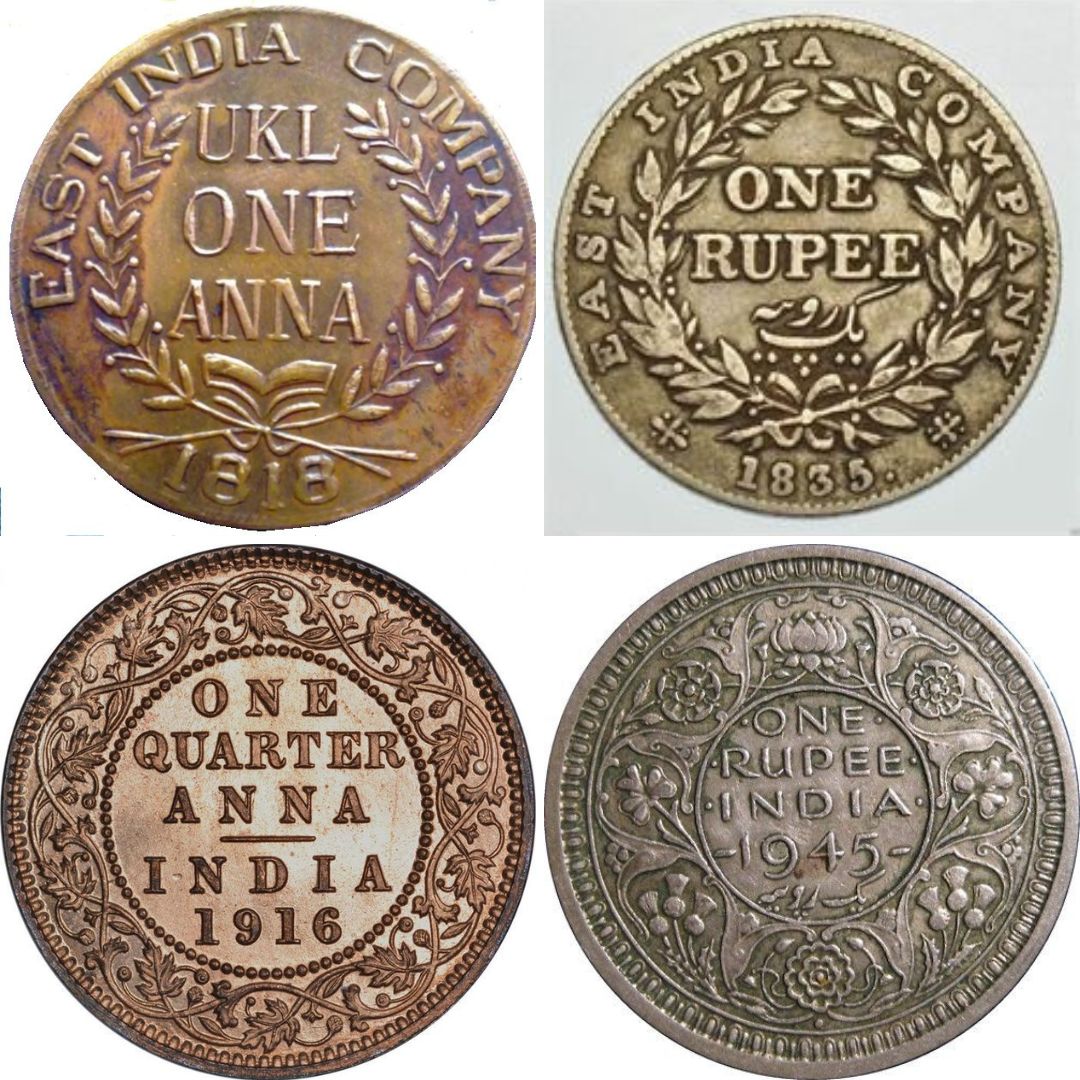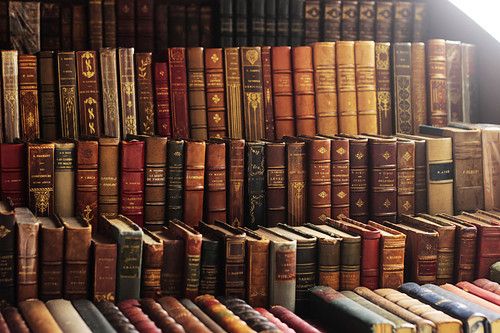Numismatic collecting, the art of gathering and studying coins, medals, and other currency-related items, is a fascinating hobby that bridges the worlds of history, art, and economics. The stories behind the coins, or the thrill of finding a rare piece, numismatics offers endless possibilities for exploration and discovery. This guide is designed to help beginners navigate the rich landscape of numismatic collecting, providing insights into its history, tips on starting your own collection, and advice on how to preserve and grow your collection over time.
One of the most affordable ways to start collecting coins is by saving Rs 1, Rs 2, or 50p coins found in your pocket change—they’ll never lose value and can be spent if you lose interest, inheriting a coin collection or acquiring a few coins by some other means. For some collectors, the excitement comes from holding a beautiful piece of craftsmanship, appreciating its age, weight, and history. For others, coin collecting goes beyond a hobby; it’s a passion. Rare coins, often found using metal detectors, are treasured for their beauty and rarity.
Features of a Coin

Before starting a coin collection, it’s essential to understand the basics, including the parts of a coin:
– Obverse (Head) : Usually shows a bust or portrait and the minting year.
– Reverse (Tail) : Displays the coin’s face value.
– Rim : The raised edge encircling both sides of the coin.
– Relief : The raised design elements on the coin’s surface.
– Edge : Known as the ‘third side,’ it can be grooved, plain, or decorative.
– Legend : The inscriptions identifying the issuing country and face value, sometimes with the designer’s initials.
– Field: The flat areas with no design, serving as the coin’s background.


Exploring the Types of Coins :
– Ancient Coins : Historical pieces, often handmade, dating back to Greek or Roman times.
– Brilliant Uncirculated Coins : Never circulated, retain mint appearance and lustre, slightly below proof quality.
– Bullion Coins : Made from precious metals like gold, silver, and platinum.
– Circulating Coins : Regular coins used in daily transactions.
– Commemorative Coins : Issued for special events or tributes, often valuable.
– Error Coins : Flawed coins, rare and valuable due to their uniqueness.
– Proof Coins : High-quality collector coins with pristine design and finish, highly prized.
– Worldwide Coins : Coins from countries outside India.
What to Collect?
Many people ask, “What should I collect?” The short answer is, “Collect what you like!” However, before investing in coins, it’s important to educate yourself about them. Begin with the loose change in your pocket, getting to know the parts, inscriptions, images, materials, and coin types. Once you grasp the basics, you’ll be better equipped to determine the best strategy for building your collection. This foundational understanding will not only enhance your appreciation of coins but also guide you in making informed decisions as you expand your collection thoughtfully and strategically. Collectors typically specialize in one of four main categories, allowing for a more focused and knowledgeable approach :

Theme
Themed collecting is one of the most popular ways to start with numismatics, offering endless possibilities. Just pick a topic featured on coins, and you’re set to begin. Options include imaginary characters, famous people, animals, cars, railways, flowers, buildings, landmarks, sports, or events. Unsurprisingly, the Olympic Games top the list as the most popular coin collecting theme worldwide, followed closely by football and military history.
Historical Significance
Historical enthusiasts often collect coins from significant periods like the Gupta and Maurya empires, Mughal era, World War II (1939-1945), the British Rule in India, and post-Indian Independence. Some collectors focus on gathering all coins issued in a single year, from the highest denominations to the smallest, before moving on to another year. Others collect coins based on the timeline of empires. Each collection narrates a unique story, making the hobby both educational and rewarding for enthusiasts.

Denomination
If you decide to collect coins based on their value, you could explore the opportunity to acquire every major design ever minted, including iconic ones like those found on a Rupee or Anna. Alternatively, you might choose to focus on collecting coins with all year variations or different mint marks.
Value
Collecting coins based on their value involves focusing on factors like rarity, demand, condition, and historical significance. Rare coins or those with limited mintage often hold higher value, while coins in mint or uncirculated condition are more sought after. Collectors also look for coins with unique errors or variations, as these can increase a coin’s worth.
“Buy the book before you buy the coin” is an old adage collectors swear by. Successful sellers who’ve made hundreds of thousands, or even millions, from their coin collections didn’t just follow this advice—they educated themselves on the coins they were collecting. While the internet offers vast information, it can also be a source of misinformation. To truly understand and make informed decisions, take the time to read from multiple sources before diving into pricing details.

Despite being made of metal, coins have delicate surfaces that can easily be damaged. Metals react differently to environmental conditions, so it’s crucial to handle and store coins properly to preserve their value. Always use cotton or latex gloves, or handle coins by their edges if gloves aren’t available. Never clean coins, as cleaning can be detected by dealers and significantly reduce their value or render them worthless. Proper care ensures your coins’ value is maintained for future generations.
Coin collecting, whether for pleasure or investment, can quickly become an addictive hobby. Beginners often start by exploring various denominations before finding their niche. Mistakes are common for novices, but don’t let that deter you. Before purchasing, consider if the coin appeals to you and fits your budget. Aim to buy the best quality coins you can afford, as fewer valuable pieces are often more rewarding than many less interesting ones. Take your time, enjoy the process, and learn as you build your collection.









